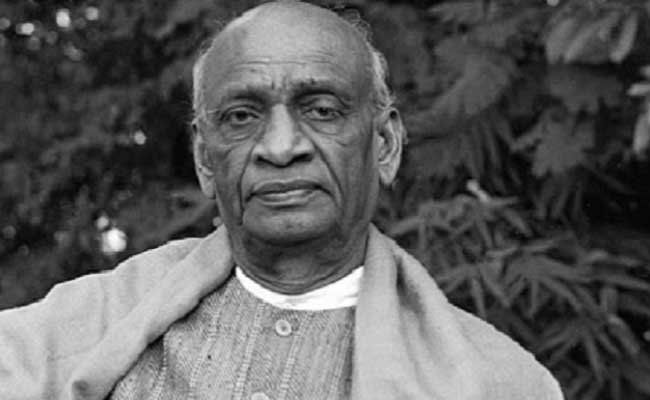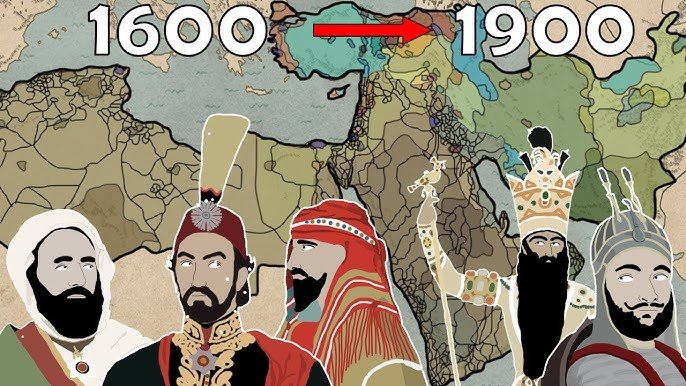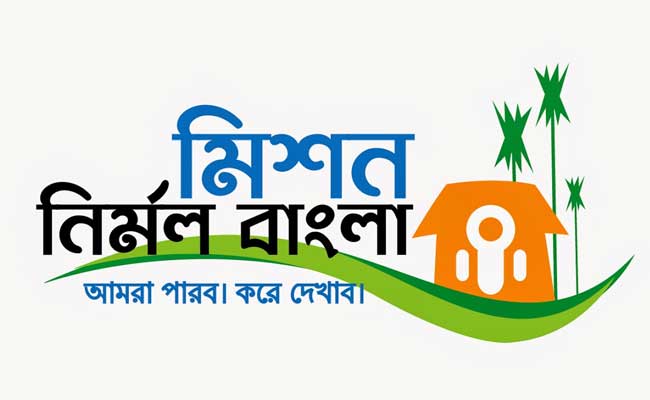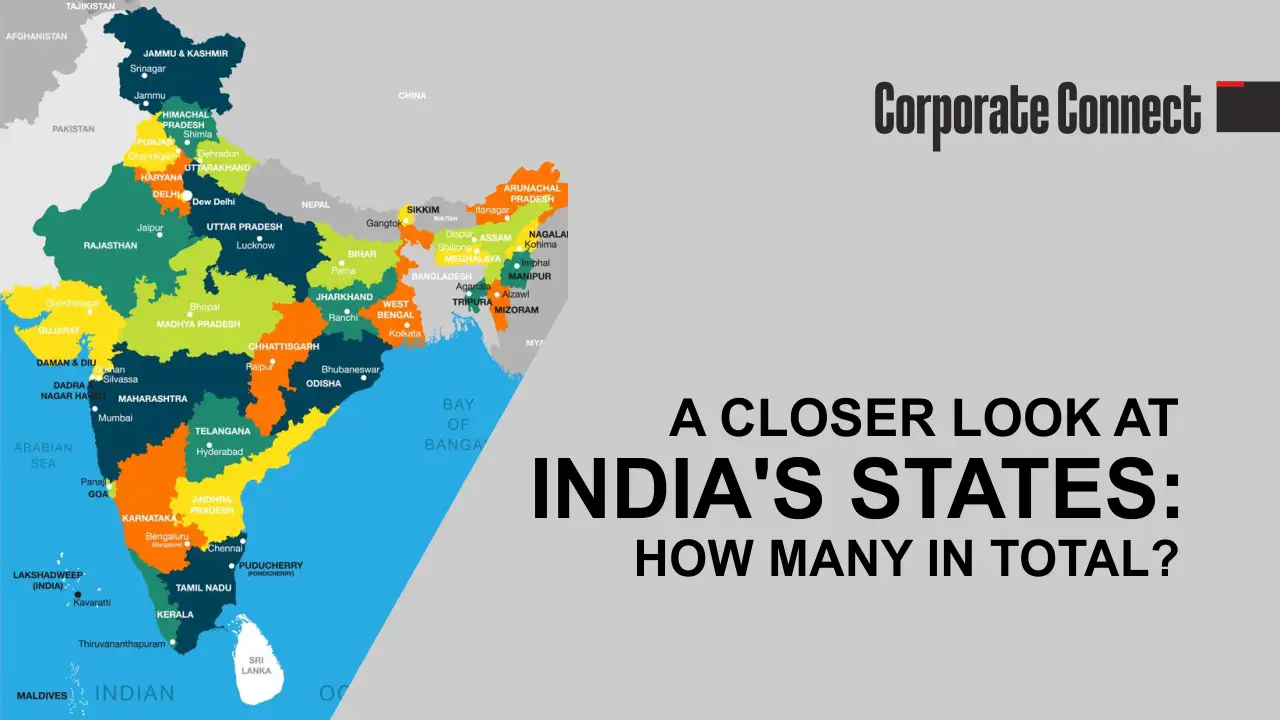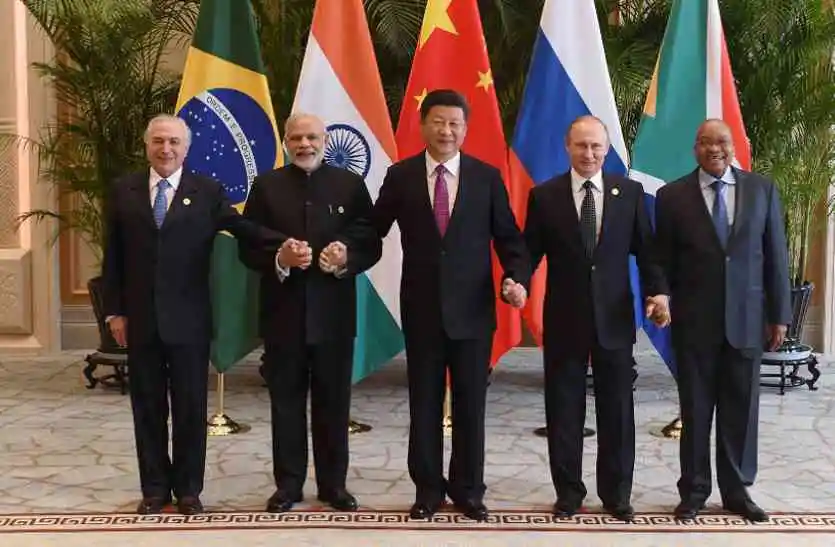Sardar Vallabhbhai Patel – The Iron Man of India
Sardar Vallabhbhai Patel, also known as the Iron Man of India, was one of the most prominent leaders of the Indian freedom struggle. Born on October 31, 1875, in Nadiad, Gujarat, Patel played a vital role in the integration of India and is regarded as one of the founding fathers of the country. Patel’s life was characterized by his unwavering commitment to the ideals of justice, equality, and national unity. In this article, we will explore the life and contributions of Sardar Vallabhbhai Patel.
Early Life and Education
Patel was born into a farming family in the village of Karamsad in Gujarat. His father, Jhaverbhai Patel, was a farmer and a village headman. Patel was the fourth of six siblings and had three brothers and two sisters. From an early age, Patel showed signs of exceptional intelligence, and his father encouraged him to pursue his education. Patel completed his primary education in Karamsad and then went on to study at the N. K. High School in Petlad. He went to college in Bombay (now Mumbai) and completed his law degree from the University of Bombay.
Entry into Politics
After completing his education, Patel started practicing law in Ahmedabad. He soon became interested in politics and became a member of the Indian National Congress. In 1917, he was elected as the Secretary of the Gujarat Sabha, an organization that worked towards the upliftment of the people of Gujarat. Patel also played a crucial role in the Kheda Satyagraha, which was a farmers’ revolt against the oppressive policies of the British government. He organized relief efforts for the affected farmers and played a vital role in negotiating a settlement with the British authorities.
Role in the Indian Freedom Struggle
Patel’s role in the Indian freedom struggle is nothing short of extraordinary. He was a staunch believer in non-violence and worked tirelessly to mobilize the masses in the struggle for independence. Patel played a crucial role in organizing the Quit India Movement in 1942, which was a mass movement aimed at forcing the British to leave India. The movement was largely successful and helped to bring about the end of British colonial rule in India.
After India gained independence in 1947, Patel was given the task of integrating the princely states into the Indian Union. He was able to convince the rulers of over 560 princely states to join India, thereby preserving the unity and integrity of the country. This was no small feat, as many of the princely states were hesitant to join India and had to be convinced through negotiation and diplomacy.
Role in Post-Independence India
After India gained independence, Patel was appointed as the first Deputy Prime Minister of India. He was also given the portfolio of Home Minister, which he held until his death in 1950. As Home Minister, Patel played a vital role in the integration of the various provinces and states of India. He worked tirelessly to ensure that the newly independent India was a stable and prosperous country.
Legacy
Sardar Vallabhbhai Patel’s contributions to the Indian freedom struggle and the integration of India have been immense. He is widely regarded as one of the founding fathers of the country and is often referred to as the Iron Man of India. Patel’s statue, which is the tallest in the world, stands at the Sardar Patel Statue of Unity in Gujarat. The statue was inaugurated in 2018 and is a fitting tribute to the man who played a vital role in the integration of India.
Conclusion
Sardar Vallabhbhai Patel’s life is an inspiring story of courage, determination, and selflessness.
![]()

